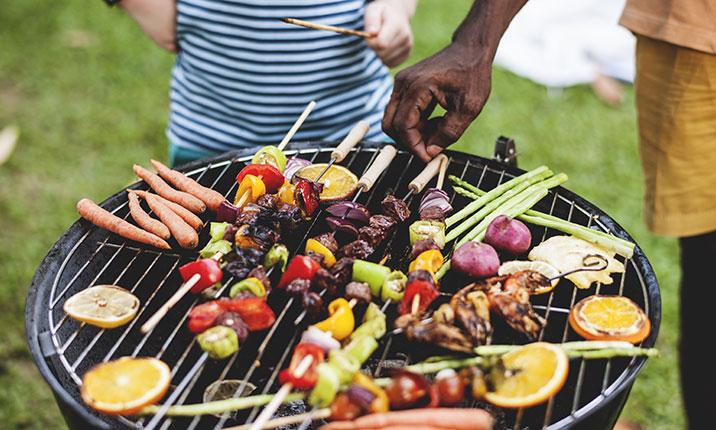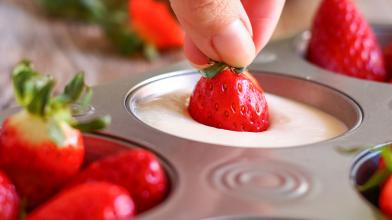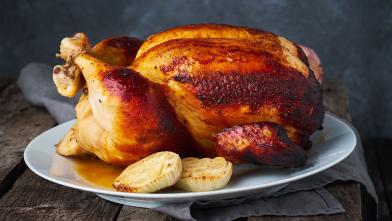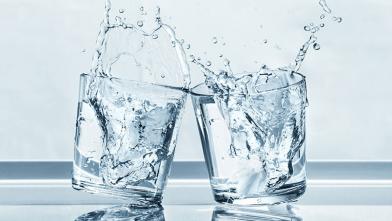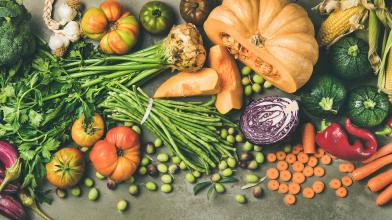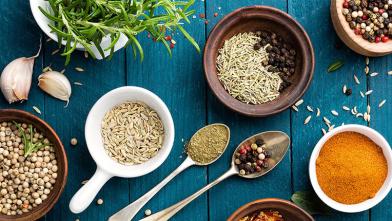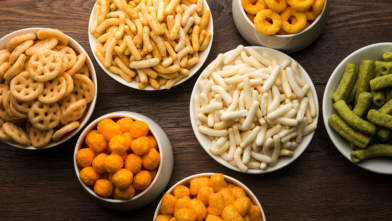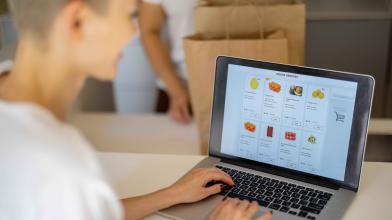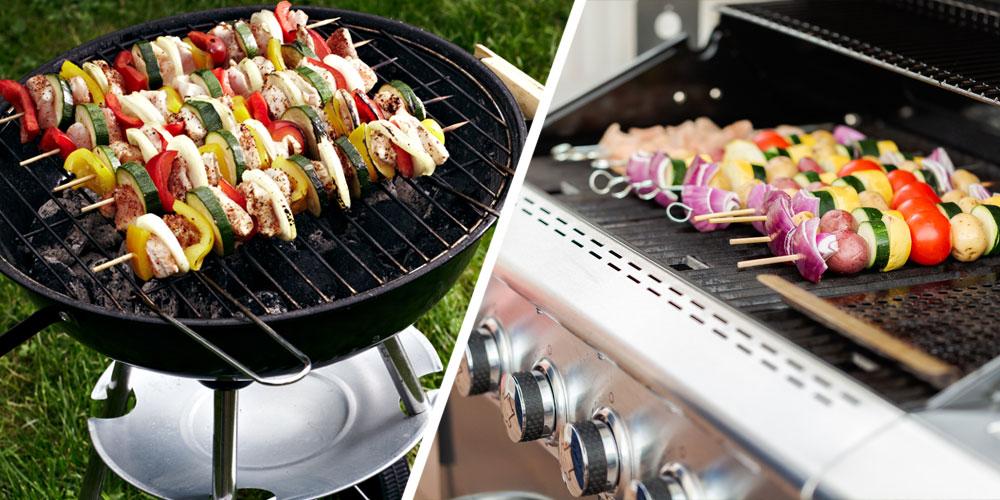
Grilling isn’t just for cooking in the summer. It’s a year-round way to cook that can be diabetes- and heart-friendly because you don’t need extra fat (like oil) to cook your meat, fish, tofu, vegetables, or fruit. Cooking with less fat can help lower the calories of your food.
To keep your grilled food moist, try marinades that use acid, like vinegar or citrus juice and zest. Fresh or dried herbs can also add a burst of flavor. Using these ways to flavor your food will help keep them lower in carbs, sodium, and fat.
How to Start Grilling
1. Choose your grill—gas, charcoal, or electric

The first question anyone grilling food must answer: Should I use charcoal, gas, or electric grill? Each has its pros and cons.
Charcoal grills:
- Give food more of a smoky flavor (as do any flavored wood chips you add)
- Cheaper than gas grills
- Messier and take more work
- Takes longer to light and for coals to be ready for cooking
Gas grills:
- Need less supervision and you can control the heat with the turn of a dial
- You can start cooking quickly
- More expensive
- You may lose track of how much gas you have left
Electric grills:
- You can use them indoors or outdoors, meaning you can grill without worrying about the weather
- Easy cleanup
- No extra fuel required, just plug in the grill
- You may lose the smokey flavor when using this grilling method
- You may not be able to reach a high enough temperature to sear meats
2. Gather your tools
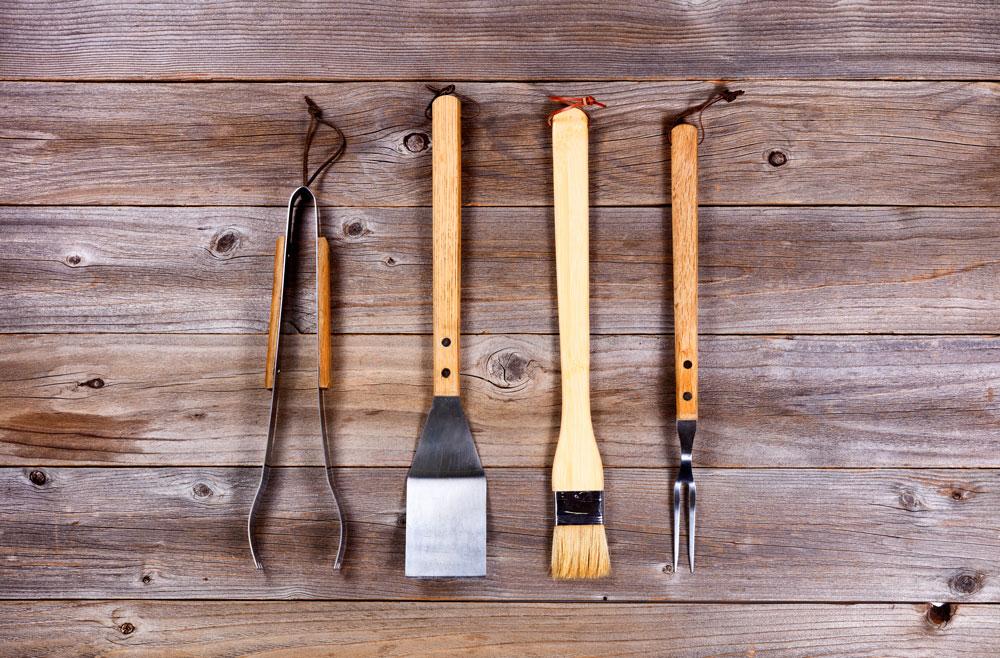
Depending on what you're cooking and what type of grill your cooking on, you'll want to have some or all the following on hand:
- A pair of long-handled tongs for moving food around the grill.
- A large spatula for flipping foods like burgers or turning whole fish.
- Grilling mitts and hot pads
- An instant-read thermometer to check the internal temperature of meats.
- A long-handled pastry brush for sauces and glazes.
- A side table for holding plates, food, and utensils.
- Clean plates and platters for food coming off the grill (don't put cooked food on the same dishes that held raw meat).
- Aluminum foil to package up delicate vegetables or tent meats.
- Skewers – Use two skewers to keep food from spinning or rolling around on the grill. Wooden skewers should be soaked in water for about 30 minutes before using so they don't burn.
3. Do your prep work
The prep is key no matter how you're cooking, but when you're working on the grill, it's even more important. If you gather all your supplies and do all the food prep in advance, you won't have to leave the grill while cooking.
Always make sure your grill grate is clean before you start cooking. For best results, scrub the metal grate with crumpled aluminum foil after the grill begins to warm up.
Make sure to wait until your grill is thoroughly heated (and coals are ready if you’re using them) before beginning to cook.
4. Get grilling!
The two main ways to cook using a grill are direct heat and indirect heat. In direct heat grilling, the food sits right over the heat source. This is best for foods you want to cook quickly like vegetables, lean fish, and small pieces of chicken.
In indirect grilling, the heat source is kept on one side of the grill and the food sits on the opposite, cooler side. This cooks the food at a lower temperature for longer. It's best for tough cuts of meat, large roasts, and whole chickens or turkeys.
Leave space around the food as it sits on the grill grates. Air needs to circulate around the food, so it sears properly.
Try not to move the food around too often. You won't have sticking problems if you let the food really sear.
Grilling Recipes
Inspired to start grilling? There are many grilling recipes on Diabetes Food Hub! Here are a few of our favorites to get you started:
